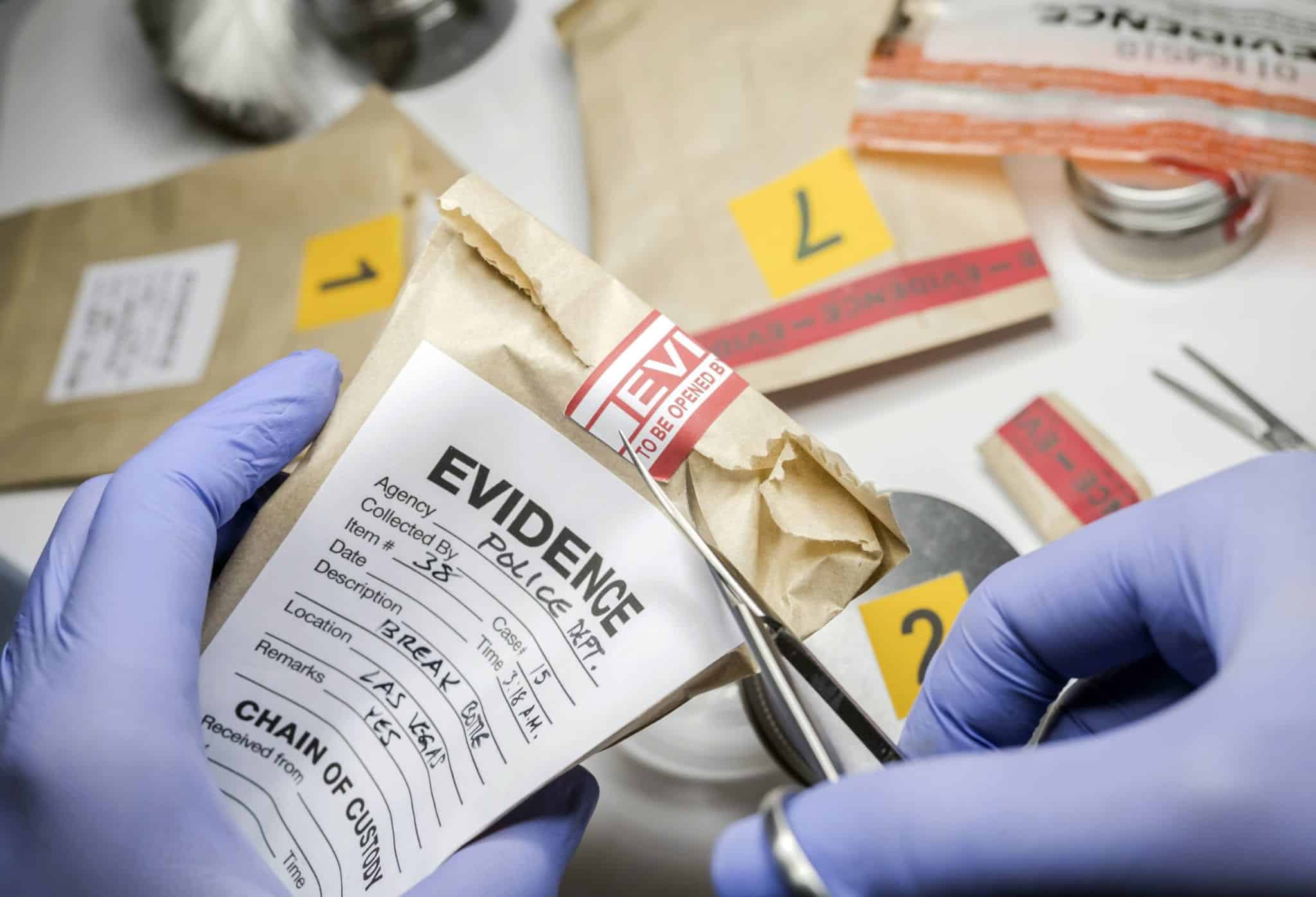While many people have watched their fair share of network courtroom dramas, real life courtroom drama has a whole new meaning and perspective. The use of evidence in a real courtroom is much different than evidence in a television drama.
That’s why it’s as important as ever to ensure you have a lawyer on your side that understands the rules of evidence in Texas and can put that knowledge to good use for you.
Here’s an overview of the types of evidence generally admissible in Texas courts and evidence that may not make the cut.
The Basics of Evidence
Evidence is admitted in court to prove or disprove a case. It can be admitted as long as it’s competent, material, and relevant to the case. In order for that to happen, it must either prove or disprove some facts in the case or, at the very least, increase its likelihood.
Once evidence is admitted, the judge or jury determines the weight it lends to the case before them. Evidence is considered material if it can prove a fact that is valuable to the case.
Furthermore, Evidence is considered competent only if it’s reliable.
The Different Types of Evidence
An experienced and skilled lawyer knows the different types of evidence that can be submitted in a Texas court. There are four basic forms of evidence they can be submitted:
- Real evidence
- Demonstrative evidence
- Testimonial evidence
- Documentary evidence
There are rules of evidence that apply to each type. All types of evidence must be admissible before they can be considered in the case.
Rules of Evidence
There are rules of evidence in a criminal trial that help establish whether evidence is admissible or not. These include:
- Hearsay – This is a statement not given under oath but simply stated outside the court but it has no evidence to back it up
- Circumstantial evidence – This type of evidence strongly suggests that something happened but doesn’t quite make the connection between the crime and the defendant
- Corroborating evidence – If evidence isn’t directly related to the crime in question but still works to make another piece of evidence stronger, then it’s corroborating evidence
- Exclusionary rule – Any evidence that is obtained in violation of the constitutional rights of the accused is considered exclusionary
Admissibility Issues
Not every piece of evidence presented to the court is admissible. Testimonial evidence is a good example of when evidence may not be admissible in court.
It is not uncommon for evidential testimony to be deemed inadmissible because, even under oath, it can be influenced by a variety of factors such as poor memory or bias.
According to the rules of evidence, testimonial evidence must be competent and not based on hearsay. If the judge finds that the testimony isn’t competent or was a statement simply made out of court, then they can throw the evidence out.
Inadmissible Evidence
Any evidence introduced that isn’t relevant, competent, or material to the case can be excluded on grounds of inadmissibility.
You often see this done in cases when the chain of custody of evidence is questioned, such as evidence not properly secured as it is taken from one place to another. If the court cannot be sure that the evidence was cared for competently, then it can’t be used in the case.
Evidence is important in any case, so make sure if you’re ever in the position to defend yourself in court that you understand how evidence can work for or against you.





